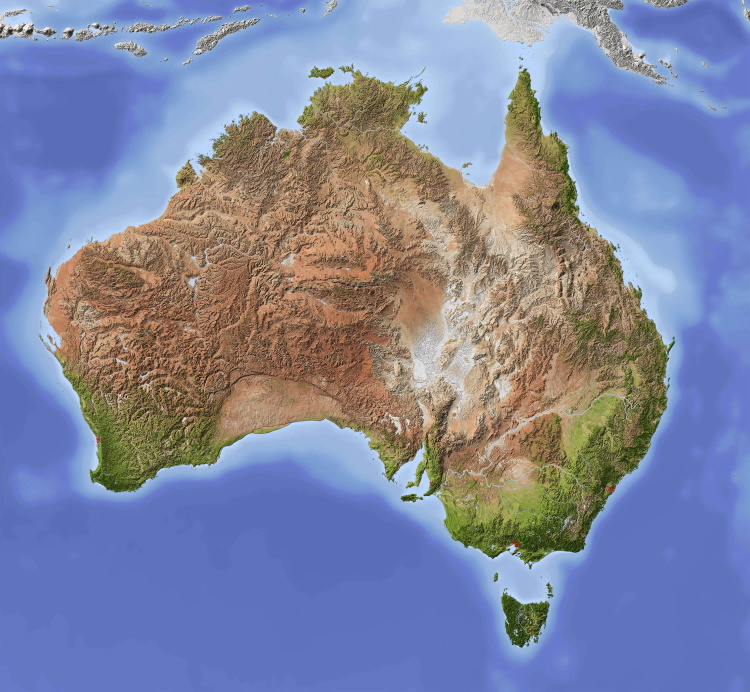Tesla announced it had quit the FCAI on Thursday and Polestar followed it up on Friday, saying the FCAI campaign – driven largely by Japanese car makers led by Toyota – is intolerable.
…
Tesla and now Polestar’s announcement that they intend to leave the FCAI adds to mounting pressure on CEO Tony Webber who last month came under fire for threatening to run a 2010 anti mining tax style fear campaign against the government’s New Vehicle Efficiency Standard.
The fossil car lobby group CEO claimed that the NVES would cost the entire car-buying public $38 billion in the first five years, which led to the AFR running a story titled “Labor’s new EV-boosting rules will cost $38b, auto group says” followed by Coalition leader Peter Dutton and Nationals Senator Matt Canavan parroting claims that the NVES would see the price of popular vehicles increase by up to $25,000. Claims that have been widely rejected including by the Electric Vehicle Council.


Eh, even today there’s a market for borderline indestructible phones with buttons, I don’t think they had entirely lost the plot.
I do think they’d have caught up fast if it wasn’t for Microsoft.
@Ilovethebomb @lordriffington There’s a guy on the Fediverse named @tomiahonen who’s a former Nokia executive.
The short version goes something like this: the first iPhone launched in the US as of 2007, the first Android by 2008.
Nokia responded by making its Symbian operating system touch enabled, and working longer-term on a next generation operating system called MeeGo.
By mid-2011, Nokia launched its first MeeGo phone, called the N9.
Nokia was actually outselling Apple in smartphones, and it had a faster growth rate.
It had great relations with most telcos around the world.
All it had to do was persuade existing Nokia featurephone owners to upgrade to a MeeGo phone and it was set.
Then Nokia hired an ex-Microsoft executive named Stephen Elop. He immediately signed Nokia up to go Windows Phone exclusive and called MeeGo a burning platform.
He openly said that even if N9 was a massive success, there’d be no more MeeGo phones ever.
The first Nokia Windows Phones came at the end of 2011, running Windows Phone 7. It was basically just Windows CE with a touch interface.
Microsoft’s true response to iOS and Android was Windows Phone 8, and that didn’t come until right at the end of 2012, nearly 2013.
(At this point, the iPhone had been on the market for five years, and Android for four years.)
Why Windows Phone screwed up is a whole 'nother story, but Nokia went all in on what turned out to be a sinking ship, and the rest is history.
@ajsadauskas @Ilovethebomb @lordriffington Gosh, AJ, thanks! That is excellent summary of what I had been writing what, more than a decade ago, thanks!
@ajsadauskas @Ilovethebomb @lordriffington @tomiahonen Even today, remembering MeeGo and N9 makes me ache for the world of mobile personal computers that might have been. At the platform level, Android still hasn’t caught up to what MeeGo had from the start.
@angdraug @ajsadauskas @Ilovethebomb @lordriffington @tomiahonen
And pre-dating those, my N900 still works and has a keyboard!
@ajsadauskas @Ilovethebomb @lordriffington @tomiahonen
That brings back memories, we said it got “elopped” back then.
Why, yes, I still have 2 or 3 N9s with the boxes… Probably dead by now, but keeping them still.
@ajsadauskas @Ilovethebomb @lordriffington @tomiahonen
Elop was just a cuckoo in the nest. I saw it all happen (at a safe distance), we were all amazed at the naivety.
I can see why they’d want to develop their own OS, it had been a winning strategy for them for a very long time until that point. Symbian phones were awesome for their time.